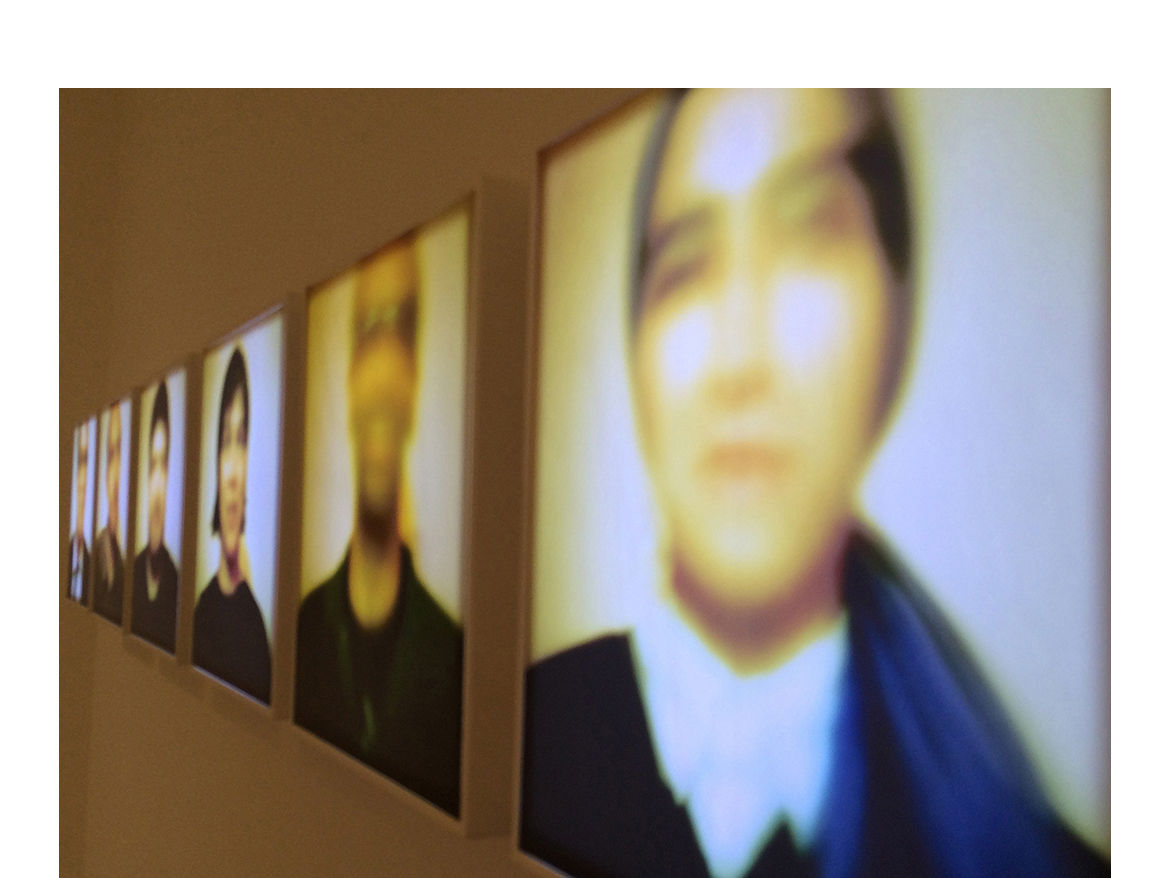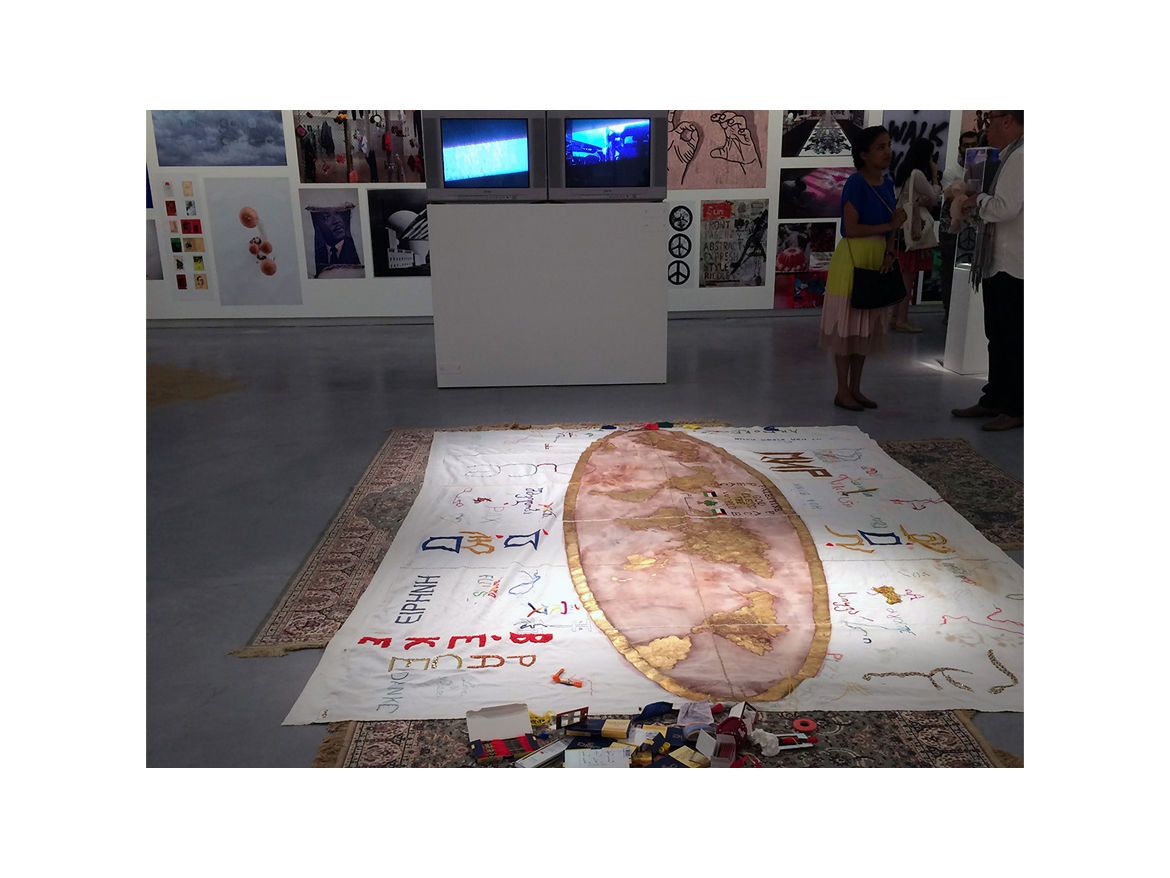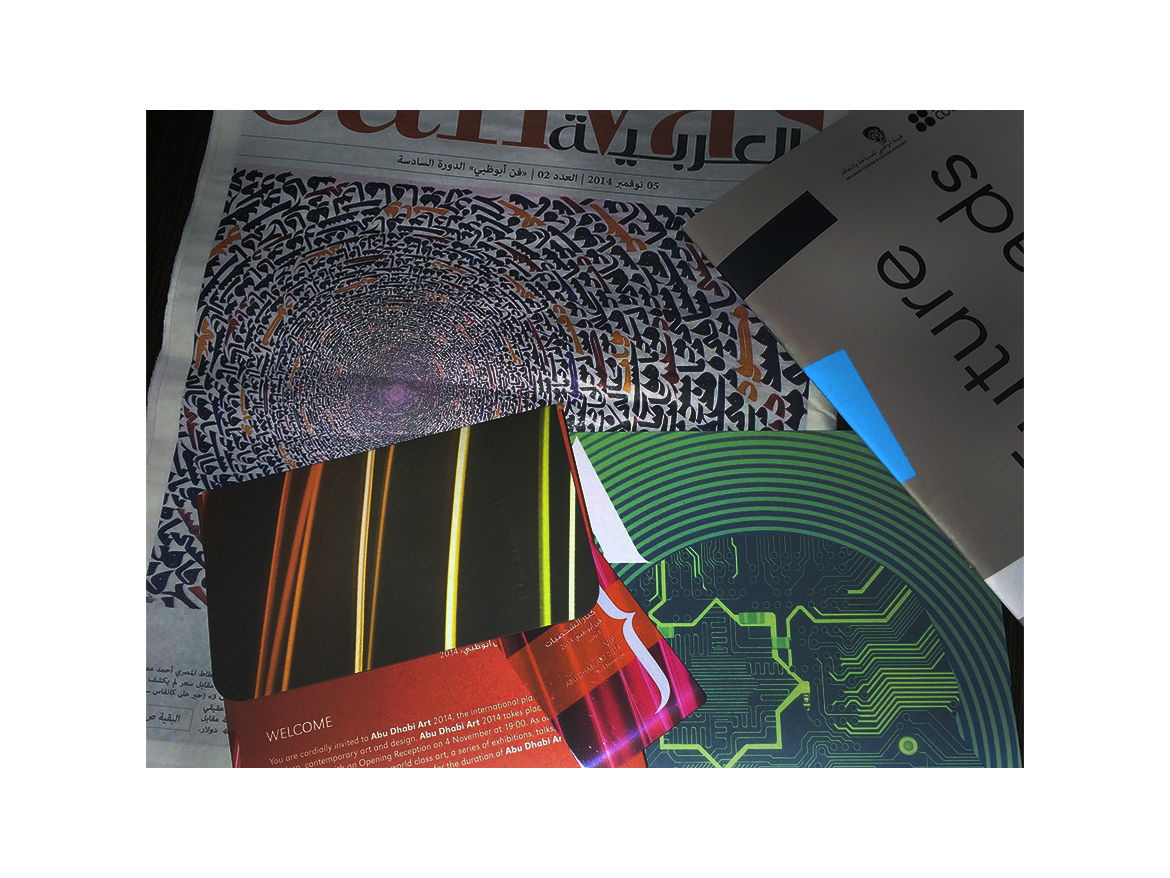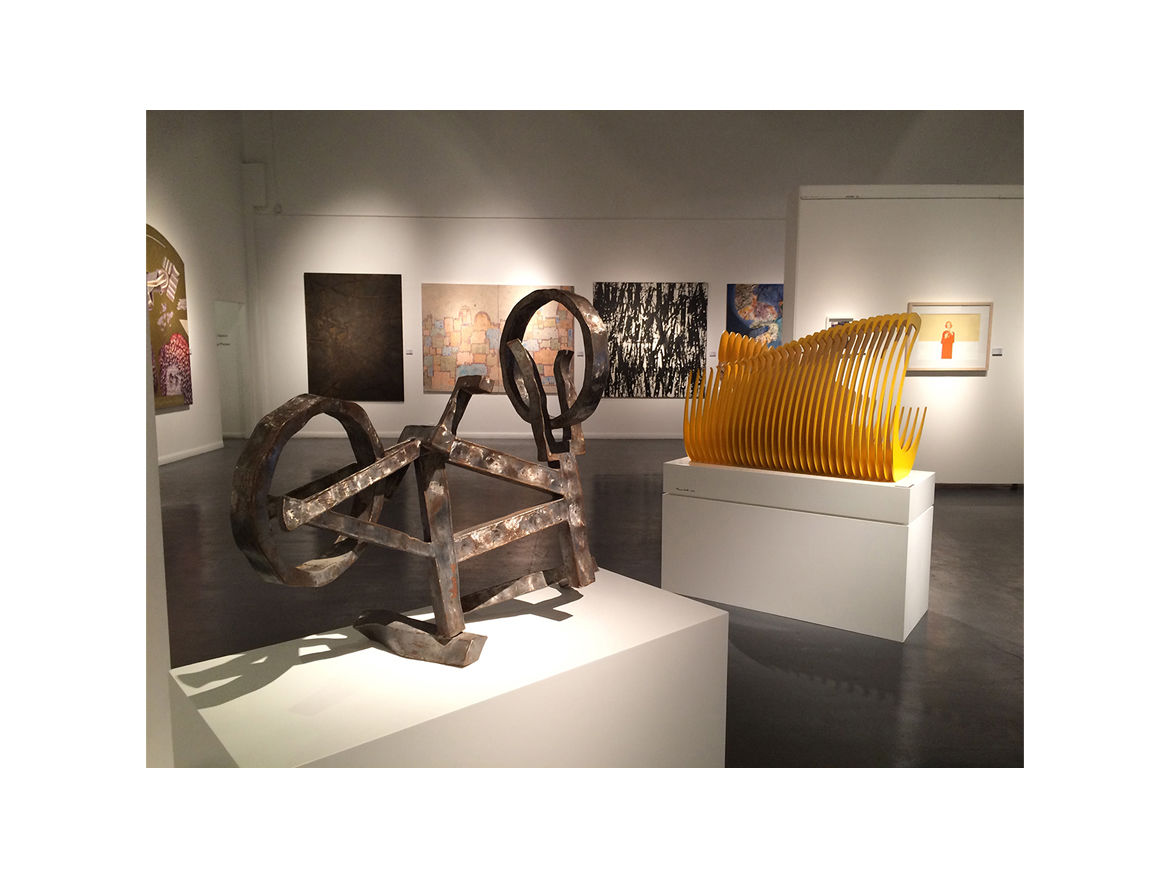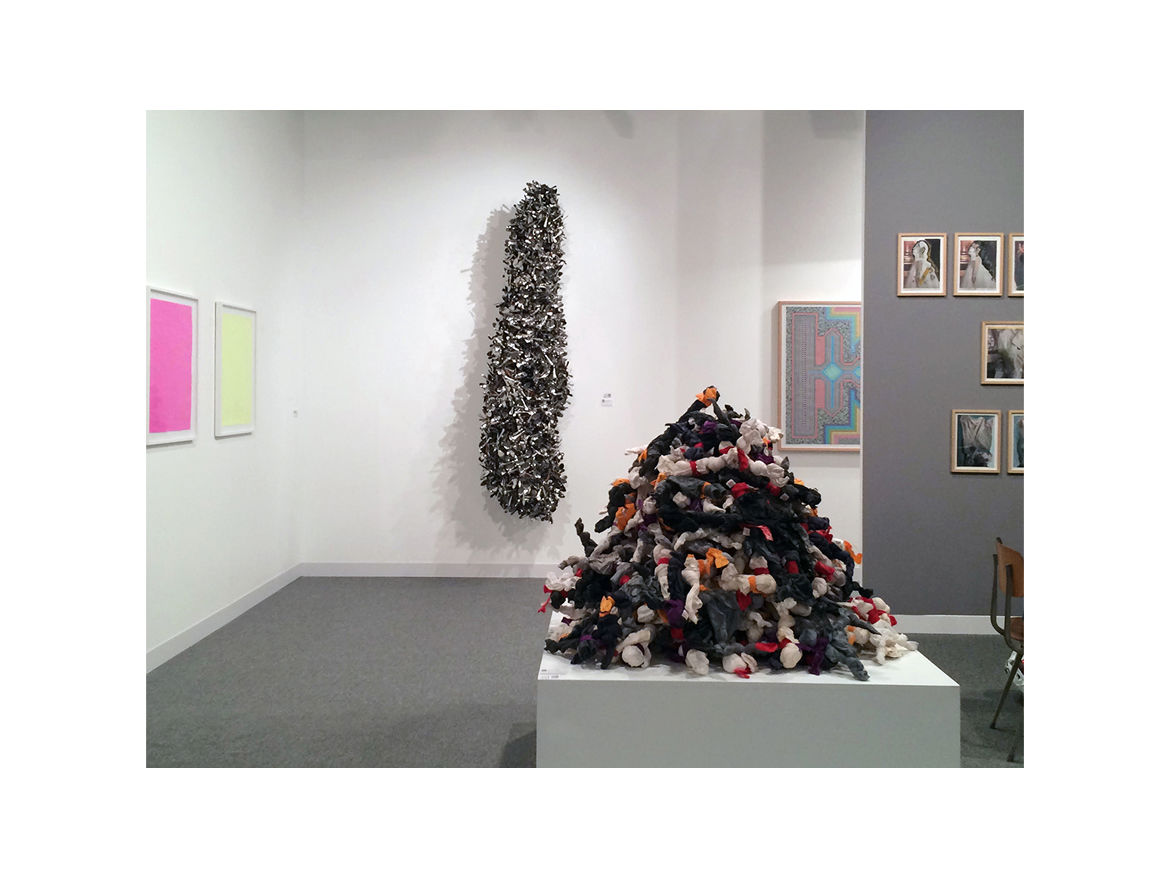United Arab Emirates and Saudi Arabia and the Battle for Modernity
The modern practice of visual arts for non-ideological or religious purposes, influenced by the two-dimensional Western art form, started in Saudi Arabia in the sixties of the last century. It began in the United Arab Emirates shortly after. The two practices are quite similar apart from the differences reflected in the period of "change" which began in the UAE with the establishment of the Sharjah Biennial, art faculties, and the development of an art marketing infrastructure manifested in art galleries like Christie's in Dubai and a number of art museums in the UAE.
In Saudi Arabia, the beginnings were encouraging with the return of the students educated abroad. In addition to the attempts of Mohamed Al-Salim and Abdel-Halim Radwa in the seventies and early eighties to create local modern art trends. However, certain factors such as the closing down of the Arts Academy project in Saudi Arabia, replaced by art departments in Saudi universities in the nineties, the abandonment of the museum of modern and contemporary art project, an initiative raised in the Saudi Ministry of Culture and Information in the nineties, in addition to the spreading of religious awakening, that opposes modernism in general.
In the eighties modernists and traditionalists in Saudi Arabia developed conflicting cultural views. The clash was mainly related to the art of poetry since other literary genres like the short story and the novel were not as popular. These genres will gain ground later on with the rise of the Western cultural influence. The Saudi cultural scene did not accommodate visual arts at the time t as these arts were not regarded as valuable compared to verbal arts.
The battle with the traditionalists began for modern poetic form, style and ideas in an attempt to confront the use of religion as a means to deny all modern social changes under the pretext that all that is new is foreign and Westernized.
Today, disagreement over visual arts arises again at a time when the Saudi art becomes in demand. The visual culture imposes its presence among the new generation in this age of globalization, communications and technology that depends on fixed and moving images. I believe this has greatly influenced the existence and shape of visual arts. In the past five years, two trends appeared in visual arts in the region. The first is a traditional, two-dimensional, trend closely influenced by art trends and styles of the first half of the 20th century in Europe. The second trend deviated from the traditional style towards photography or conceptual art in its Western style thus partly abandoning its identity and achieving a more global (Western) presence.
Since conceptual art is mostly subjective art form, which allows different interpretations, it has further fuelled the clash between traditionalists and modern-contemporary artists. The controversy arose with the first showing of the local conceptual or modern art specifically related to the depiction of live objects (the notion that delayed the teaching of art in Saudi universities and establishing art academies). In November of 2013, police were called by the Saudi Society for Arts and Culture in Jeddah, to prevent Ayyam Gallery from displaying artworks banned by the Society.
The banned artworks included works by Saudi artists such as Abdulnasser Gharem, Manal Al-Soyan and Rashid Al-Sha'asha'ai and were shown in other cities in Saudi Arabia. As a result the gallery was bought out by its Saudi partner, Qaswara Hafez, and renamed to "Hafez" Gallery. He then sought to re-exhibit the collection, dubbed "the beginnings", within the "Al-Tali'a" exhibition in response to claims that the Saudi art only began at the turn of the century. But coming back to the banned artworks, the original ban was on the grounds that these works did not observe Islamic customs and traditions and contradicted with Saudi policies. Some described the ban as "extremist", similar to that practiced against the notion of modernism in the eighties of the last century although somewhat less extreme due to the weakened influence of the traditionalists or the Islamists.
As art in Saudi Arabia was local in style and modern in its transformations, we find the second generation of artists hugely influenced by Western modern art schools in the first half of the 20th century. Whereas the third, fourth and current generations seem to adopt post-modernism methods of conceptual and multimedia art with artists such as Bakr Sheikhoon, Abdulnasser Gharem, Faisal Al-Samra, Shadia Alem, and Manal Al-Dowayan, paving the way in photography.
The Emirati experience is different, as it began with two parallel trends. The first trend is similar to and compatible with the model of the second generation in Saudi Arabia, which is a typical method that spread in the Arab Gulf states and was associated with traditional methods of the two-dimensional visual art, ranging between expressive, realistic, and abstract painting, and was influenced – like in other Arab experiments – by the "Hurufiya" School of Art. A trend led by Abdul-Qader Al-Rayyes who studied in Kuwait, a country that pioneered alongside Bahrain in modern art in the Gulf thanks to their early cultural growth as a result of the British influence after the First World War. Other prominent artists in the "Hurufiya" trend are Najat Meky and Abdul Rahim Salem.
The second trend born early in the Gulf, remains somewhat unpopular and for some even "unintelligible". This conceptual trend is led by Hassan Sharif, who influenced a whole generation, including his brother Hussein, and his students Mohammed Kazem, Ebtisam Abdulaziz and others. The third trend is still currently in the making being shaped by the Emirati young generation whose artistic direction has not crystalized yet like their predecessors', but it seems safe to foresee a contemporary Emirati trend with global tint.
Based on my knowledge of the Saudi art, its beginnings and transformations during the past two decades, I have attempted in my travels and in my readings of the art scene in the UAE to draw some comparisons of the beginnings, styles, effects, artists' trends and subject matters, etc. I managed to find certain similarities and differences shaped by the present conditions in each country. Perhaps the conflict of modernism is worth studying here in the light of the changes and transformations taken place in the Arabian Peninsula society brought about by oil wealth and the cultural changes influenced by the West.
The art movement in the UAE did not face the same clashes between modernism and traditionalism as in Saudi Arabia during the eighties. If there was a clash it is safe to say that it was a gentle one between the traditional trends largely accepted in the UAE's society and the contemporary/modern trends that were accepted and promoted in the UAE due to several factors, starting with the Sharjah Biennial and the Sharjah Art Foundation, in addition to Hoor Al-Qasimi's constant efforts to spread contemporary arts culture not only locally but regionally too, especially in the aftermath of the Arab Spring and the difficulty of holding art events in some Arab countries. All while Sheikh Sultan Sooud Al Qassemi continues to please his Twitter followers, who exceed the 300 thousand, as they follow him on his travels to obtain artworks, which he shares through "Barjeel" Art Foundation.
